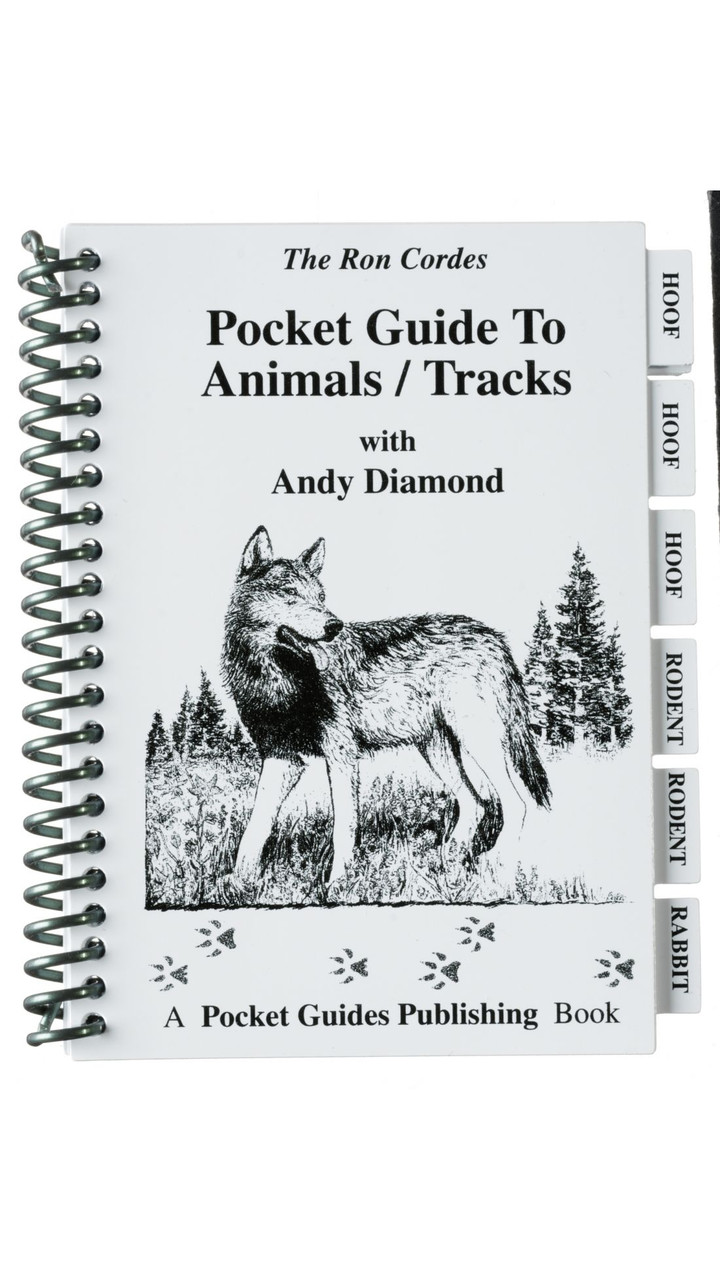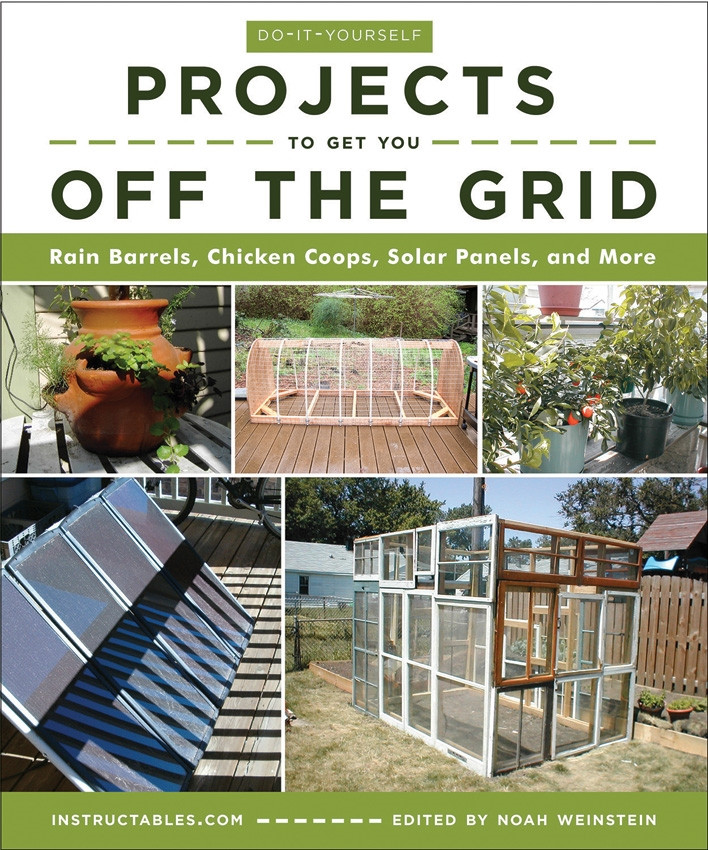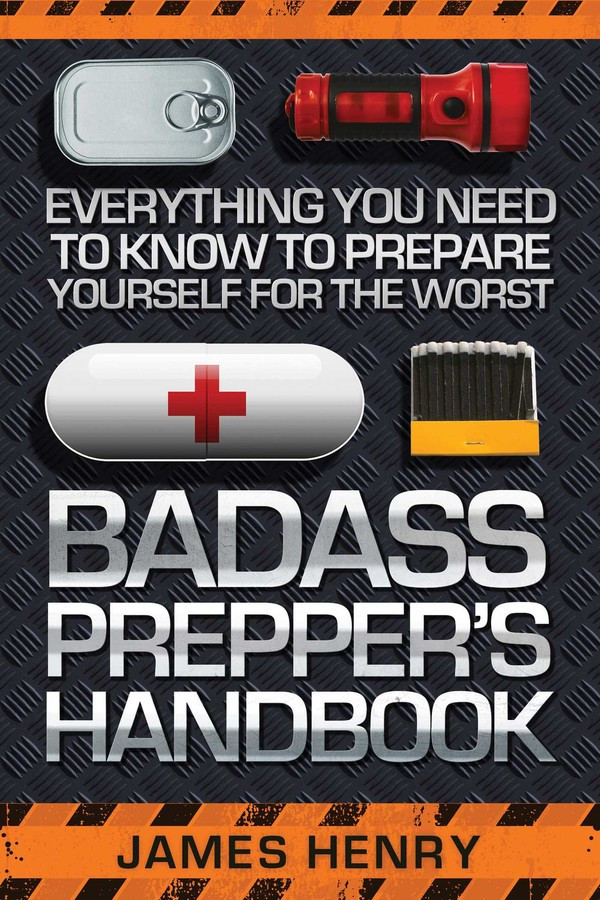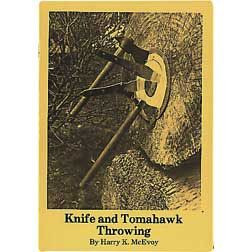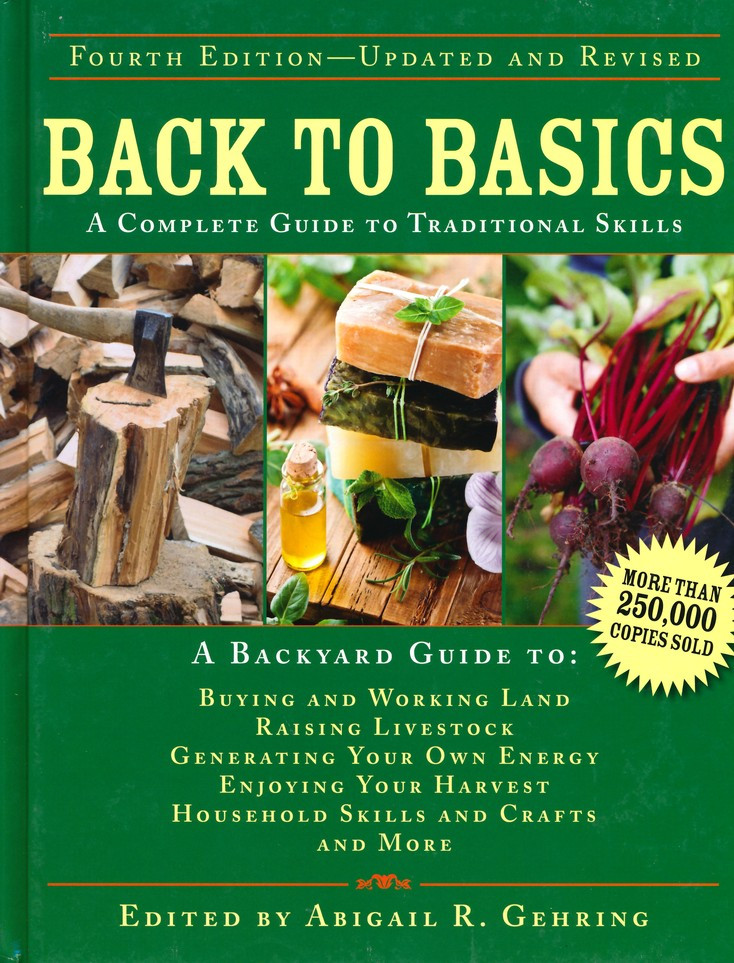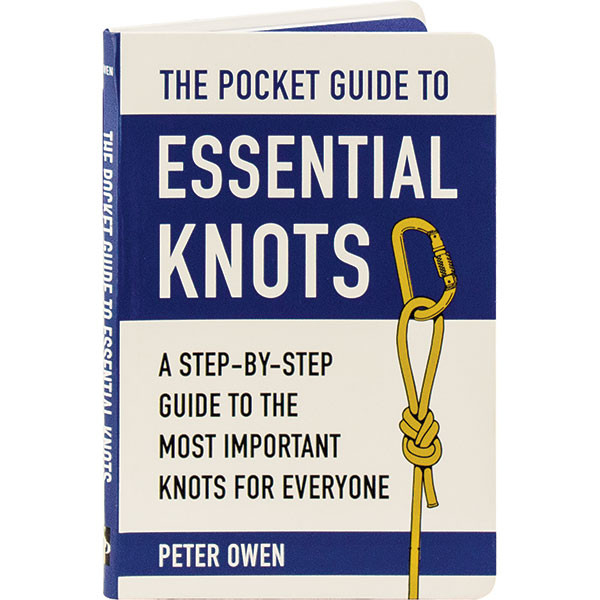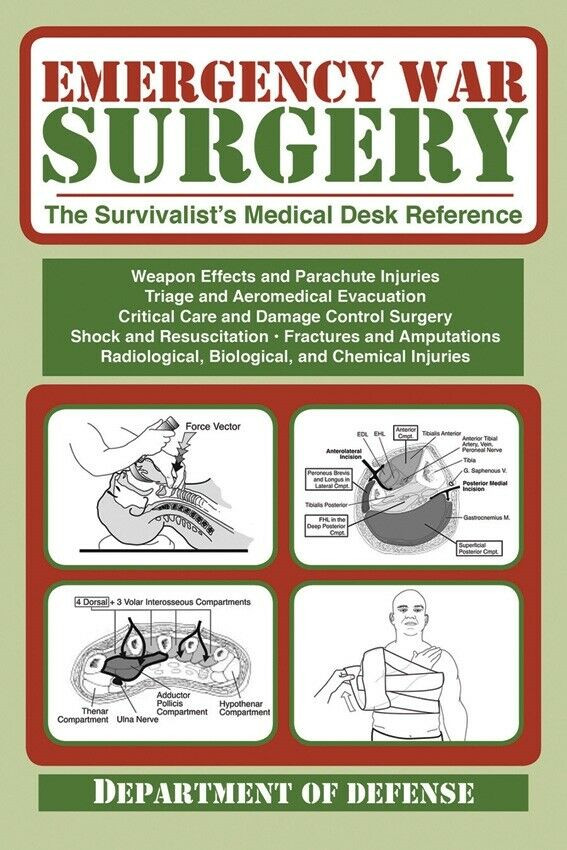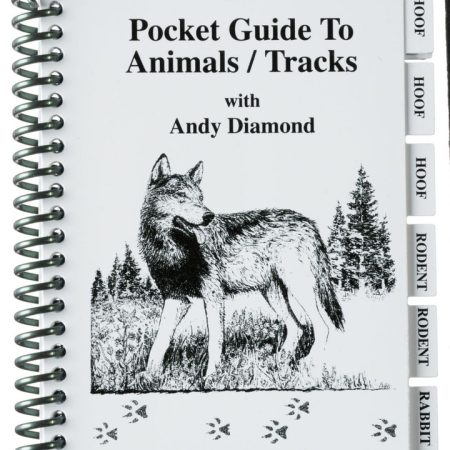| Content | The Pocket Guide To Animals / Tracks lets you decipher the clues left behind in nature. Fully illustrated, the Pocket Guide to Animal Tracks features illustrations of numerous birds and other animals, with their tracks alongside, so you can quickly and easily figure out the tracks you're looking at. A ruler along the page edge lets you size the footprints you find for even better identification. The Pocket Guide to Animals and Tracks is a must-have for anyone who spends time outdoors, from hikers and backpackers to birders and nature lovers!
| Illustrated with full-color photographs accompanying easy-to-follow instructions, this unique collection utilizes the best that the online community has to offer, a mammoth database churning out ideas to make life better, easier, and, in this case, greener.
Here are fun, useful projects designed to get you thinking creatively about going green. Let the Instructables team illustrate just how simple it can be to make your own backyard chicken coop or turn a wine barrel into a rainwater collector.
Here, you will learn to:
- Clip a chicken’s wings
- Power your lawn mower with solar power
- Create a chicken tractor for the city
- Water your garden with solar power
- Build a thermoelectric lamp
- Create an algae bioreactor from water bottles
- And much more!
Get started today—making your life greener. Get off the grid!
| Disaster can strike at any time with no warning. Most people aren’t forward-thinking enough to prepare for the worst, and others simply don’t have the skills needed to successfully prepare. That’s where Badass Preppers Handbook comes in. Covering a wide variety of disaster scenarios with detailed instructions for what you need to do in each one, this book will help you to be ready for anything in no time at all. Learn such things as:
How to fortify your home
How to preserve and store food and water for years
What should go in your bug-out” bag
How to cook off the grid
What firearms and ammo will best help you survive the apocalypse
And more!
With this ultimate guide in disaster survival, you’ll be ready to protect yourself, your family, your neighbors, and your pets, no matter what the disaster is.
| Knife and Tomahawk Throwing by Harry K. McEvoy. 28 pages. | Over 200,000 copies sold—fully updated! Dye your own wool, raise chickens, make your own cheddar cheese, build a log cabin, and much much more.
Anyone who wants to learn basic living skills—the kind employed by our forefathers—and adapt them for a better life in the twenty-first century need look no further than this eminently useful, full-color guide.
Countless readers have turned to Back to Basics for inspiration and instruction, escaping to an era before power saws and fast-food restaurants and rediscovering the pleasures and challenges of a healthier, greener, and more self-sufficient lifestyle.
Now newly updated, the hundreds of projects, step-by-step sequences, photographs, charts, and illustrations in Back to Basics will help you dye your own wool with plant pigments, graft trees, raise chickens, craft a hutch table with hand tools, and make treats such as blueberry peach jam and cheddar cheese. The truly ambitious will find instructions on how to build a log cabin or an adobe brick homestead.
More than just practical advice, this is also a book for dreamers—even if you live in a city apartment, you will find your imagination sparked, and there’s no reason why you can’t, for example, make a loom and weave a rag rug. Complete with tips for old-fashioned fun (square dancing calls, homemade toys, and kayaking tips), this may be the most thorough book on voluntary simplicity available. | This is a full-color edition of the very first Boy Scouts Handbook, complete with the wonderful vintage advertisements that accompanied the original1911 edition, Over 40 million copies in print!
The original Boy Scouts Handbook standardized American scouting and emphasized the virtues and qualifications for scouting, delineating what the American Boy Scouts declared was needed to be a “well-developed, well-informed boy.” The book includes information on:
- The organization of scouting
- Signs and signaling
- Camping
- Scouting games
- Description of scouting honors.
Scouts past and present will be fascinated to see how scouting has changed, as well as what has stayed the same over the years.
|
